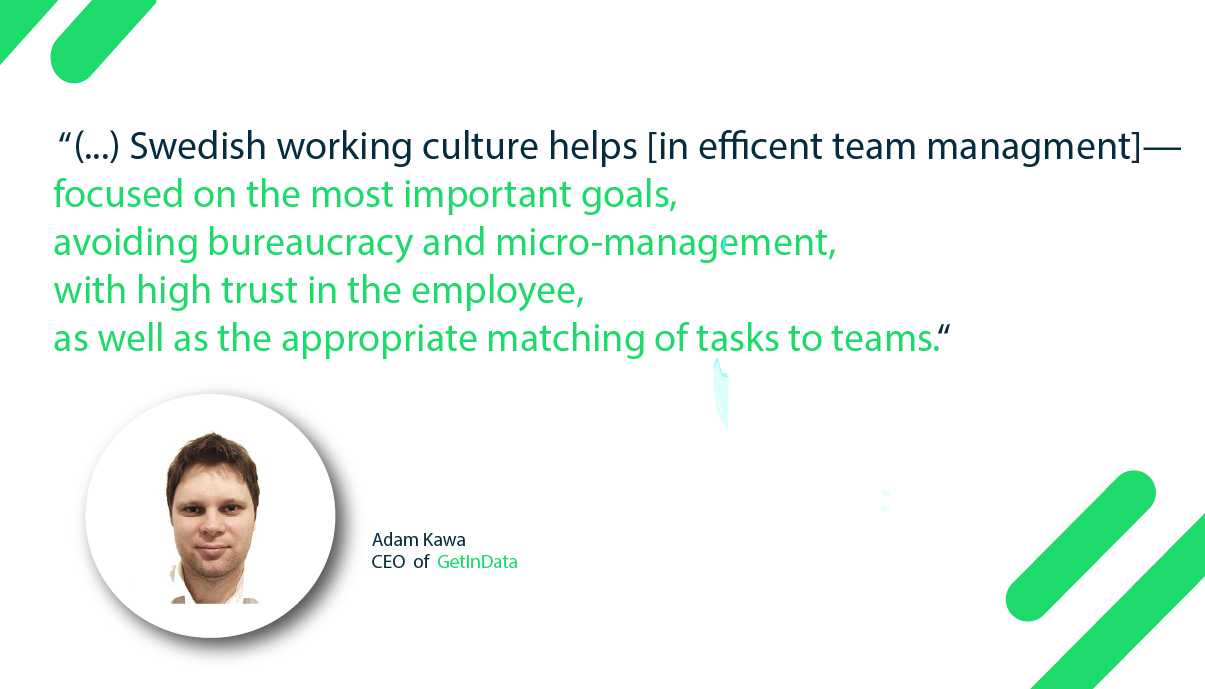Overview of InfoShare 2024 - Part 1: Demystifying AI Buzzwords, Gamified Security Training
The 2024 edition of InfoShare was a landmark two-day conference for IT professionals, attracting data and platform engineers, software developers…
Read moreIn a recent post on out Big Data blog, "Big Data for E-commerce", I wrote about how Big Data solutions are becoming indispensable in modern business because digital data has become an crucial part of it. Undoubtedly, data analysis and management is one of the main challenges faced by companies on the threshold of a new, more digital reality.
Still, many people are skeptical about introducing such solutions, due to the often mentioned uncertainty of their effectiveness. Many reports on Big Data solutions (such as Gartner’s) indicate that over 80% of projects fail in some way, with only 20% reaching their goals.
While considering such information, it is not difficult to remain skeptical about the value promised by Big Data tools. However, it is enough to look at the reasons behind the incorrect implementation of projects, and it turns out that the construction of even complex Big Data solutions doesn’t have to end in a fiasco. You just need to be aware of the glitches (both on the business and technological side) that may appear during the preparation for the implementation of the project and its actual execution. Taking care of them, we can be sure that the chance of a problem arising during the construction and subsequent use of a Big Data solution will be much smaller.
Here we will try to identify the most serious business problems that can be struggled with when building Big Data solutions. Additionally, we will try to indicate the possibility of avoiding them. Of course, these will not be all the problems that can be encountered in this matter, but we will mention the most important ones from our point of view. So, let’s begin!

These five points we have listed above are the real Achilles' heel of Big Data projects when it comes to business issues. Identifying and eliminating them will help introduce functional Big Data solutions that will bring significant benefits. While that doesn't sound too hard, the truth is quite different. Without a very serious approach to the subject and preparation of both stakeholders and the solution provider, it is difficult to create and maintain the correct process of creating, implementing, and then optimizing the solution.
Building a Big Data project is undoubtedly a complicated process, and requires considerable commitment from both parties. Nevertheless, if approached in the right way, it will bring the expected benefits. The key to success in the Big Data project is communication at every level. Thanks to this communication and constant exchange of information, stakeholders will be able to follow the creation process and keep the creators informed about their goals and problems. This, in turn, will help infrastructure providers to stay focused on the effects desired by stakeholders and without having to make too many changes in the process of building and implementing the solution. It should also be remembered that the success of the project is not only about the design and its implementation. It is also an effort put into its optimization and maintenance. And using the delivered insights correctly. The implementation is actually the beginning of the road.
If you are curious about the technological reasons for the failure of the Big Data project, subscribe to the newsletter so as not to miss the next part of the post!
The 2024 edition of InfoShare was a landmark two-day conference for IT professionals, attracting data and platform engineers, software developers…
Read moreIn the first part of the series "Power of Big Data", I wrote about how Big Data can influence the development of marketing activities and how it can…
Read moreWhat are Large Language Models (LLMs)? You want to build a private LLM-based assistant to generate the financial report summary. Although Large…
Read moreWelcome to the next installment of the "Big Data for Business" series, in which we deal with the growing popularity of Big Data solutions in various…
Read moreIntroduction As organizations increasingly adopt cloud-native technologies like Kubernetes, managing costs becomes a growing concern. With multiple…
Read moreData space has been changing rapidly in recent years, and data streaming plays a vital role. In this blog post, we will explore the concepts and…
Read moreTogether, we will select the best Big Data solutions for your organization and build a project that will have a real impact on your organization.
What did you find most impressive about GetInData?